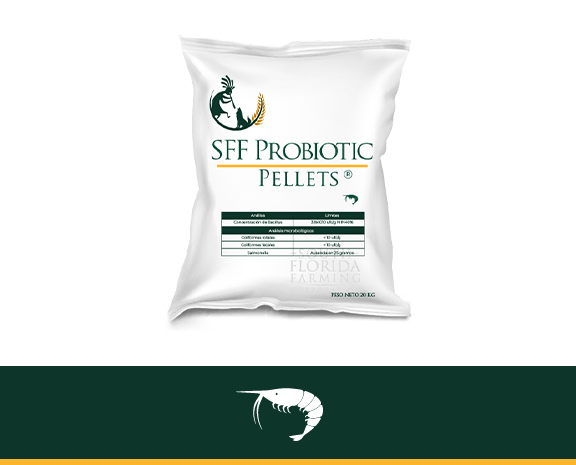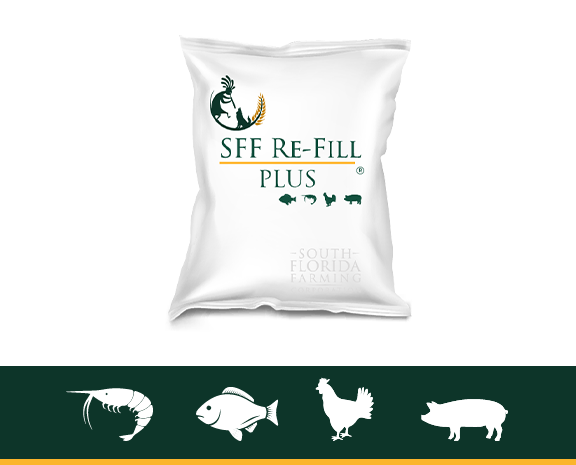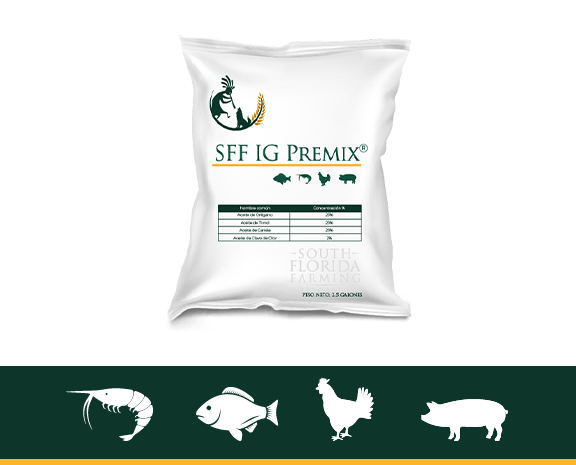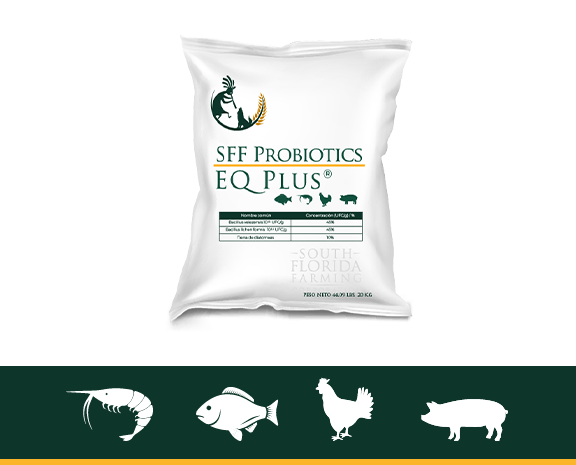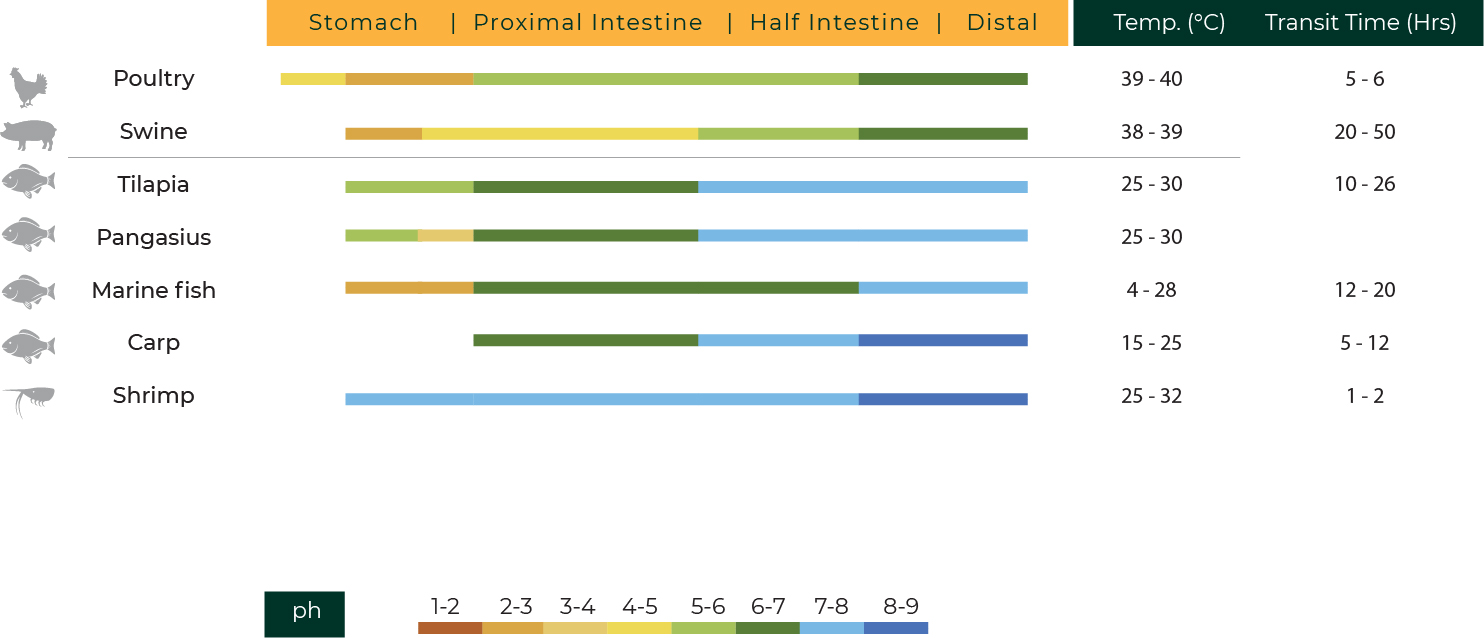WHY SOUTH FLORIDA FARMING
South Florida Farming a natural and phytogenic products company
OUR PRODUCTS
HOW THE NUTRITIONAL SYSTEM WORKS
- Shrimp
- Fish
- Poultry
- Swine
- Agriculture
SHRIMP
View Patologies:
STOMACH
Normal Stomach
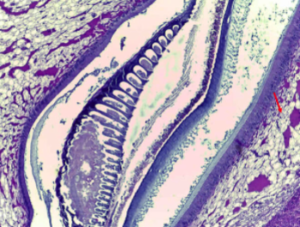
Stomach with white spot virus inclusion bodies
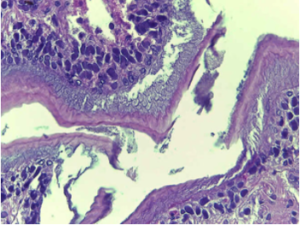
HEPATOPANCREAS
Hepatopancreas with normal vibriosis with abundant hepatopancreatic cells.
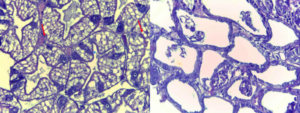
Necrotizing hepatopancreatitis, absence of cells in hepatopancreas.
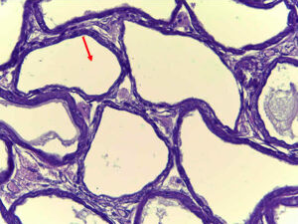
EPIDERMIS
Epidermis cuticular normal
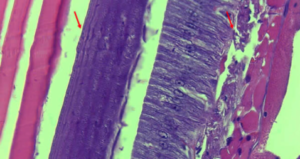
Gregarine in the lumen of the intestine
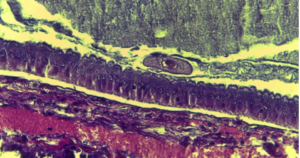
Gregarine in the lumen of the intestine
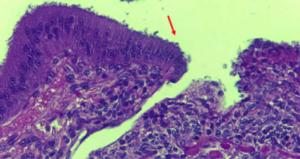
FISH
POULTRY
The organs of the digestive system of birds begin with the beak/mouth, which has shapes and adaptations according to their diet. There are more than 12 different types and form is important in function. In addition, your system includes salivary glands, esophagus, pharynx, liver, buche, stomach, proventricle, gizzard, small and large intestine, mint, and cloaca.
The functions of the digestive system begin when food is ingested by the beak. The saliva found inside the beak contains digestive enzymes such as amylase that serve to initiate the process of digestion of food. Once the food is ingested, it begins to move through the esophagus in the direction of the crop (the place where excess food is stored so that the bird can digest it slowly). Subsequently, the food passes to the proventricular area (this is the first part of the stomach, where it tends to soften with gastric acid, mucus, and other digestive juices), followed by the second part of the stomach, the gizzard, which crushes the food into smaller pieces. Once the food is sufficiently decomposed, it is transferred to the small intestine, where the liver and pancreas proceed to help with the absorption of nutrients. It then passes into the large intestine and is then eliminated.
Ver Patologías:
CLOACA
Comparación de material fecal, izquierda alimentado con taninos, derecha sin taninos, húmedo y con moco.
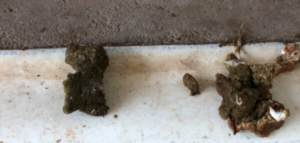
ÍLEON
Íleon grade 1 grado hemorrágico

YEYUNO
Yeyuno normal
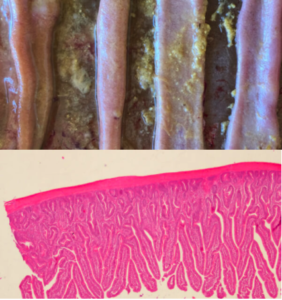
Yeyuno grado 3 con necrosis multifocal y presencia de pseudo membranas
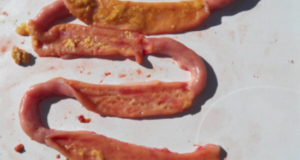
DUODENUM
Duodeno normal
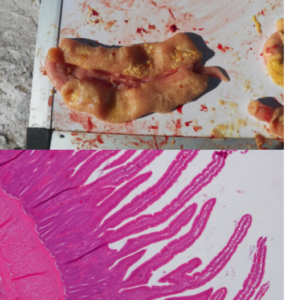
Duodeno grado 1 con exudado mucoso
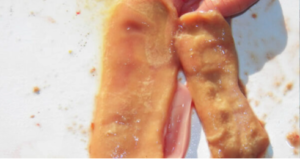
Gregarina en el lumen del intestino

PATAS
Patas normales

Pododermatitis grado 3
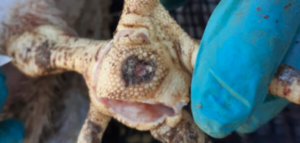
SWINE
AGRICULTURE
Digestive Physiology Ph & Temperature
CONTACT US
South Florida Farming is a global aquafeed company with fish, cattle and shrimp feed production on all continents and sales worldwide.
Please tell us how we can contact you and let us know about your needs.
We will then contact you as soon as possible.
